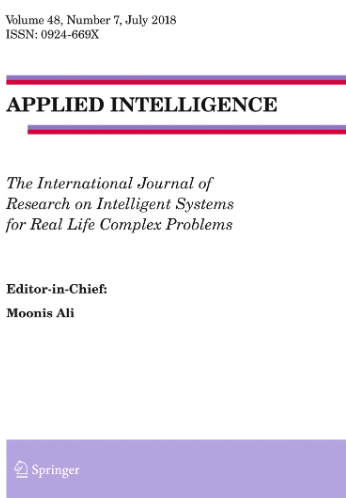摘要
了解数据变量之间的因果关系可以为构建表格数据集提供重要的启示。现有的大多数因果关系学习方法通常侧重于应用单一的可识别因果模型,如加性噪声模型(ANM)或线性非高斯循环模型(LiNGAM),来发现观测数据中表现出的依赖关系。我们对这种方法进行了改进,引入了一种新颖的双步骤框架,能够在多种因果模型假设下执行因果结构学习和表格数据综合。我们的方法使用有向无环图(DAG)来表示数据变量之间的因果关系。通过应用各种函数因果模型,包括 ANM、LiNGAM 和后非线性模型(PNL),我们隐式地学习了 DAG 的内容,从而模拟了观测数据的生成过程,有效地复制了真实的数据分布。理论分析解释了构成该框架目标函数的多个损失项。实验结果表明,在结构学习方面,DAGAF 优于许多现有方法,在现实世界和基准数据集上都取得了显著较低的结构汉明距离(SHD)分数(Sachs:47%;Child:11%、Hailfinder5%,Pathfinder:与最先进技术相比提高了 7%),同时还能生成多样化、高质量的样本。Understanding the causal relationships between data variables can provide crucial insights into the construction of tabular datasets. Most existing causality learning methods typically focus on applying a single identifiable causal model, such as the Additive Noise Model (ANM) or the Linear non-Gaussian Acyclic Model (LiNGAM), to discover the dependencies exhibited in observational data. We improve on this approach by introducing a novel dual-step framework capable of performing both causal structure learning and tabular data synthesis under multiple causal model assumptions. Our approach uses Directed Acyclic Graphs (DAG) to represent causal relationships among data variables. By applying various functional causal models including ANM, LiNGAM and the Post-Nonlinear model (PNL), we implicitly learn the contents of DAG to simulate the generative process of observational data, effectively replicating the real data distribution. This is supported by a theoretical analysis to explain the multiple loss terms comprising the objective function of the framework. Experimental results demonstrate that DAGAF outperforms many existing methods in structure learning, achieving significantly lower Structural Hamming Distance (SHD) scores across both real-world and benchmark datasets (Sachs: 47%, Child: 11%, Hailfinder: 5%, Pathfinder: 7% improvement compared to state-of-the-art), while being able to produce diverse, high-quality samples.

 求助内容:
求助内容: 应助结果提醒方式:
应助结果提醒方式:


